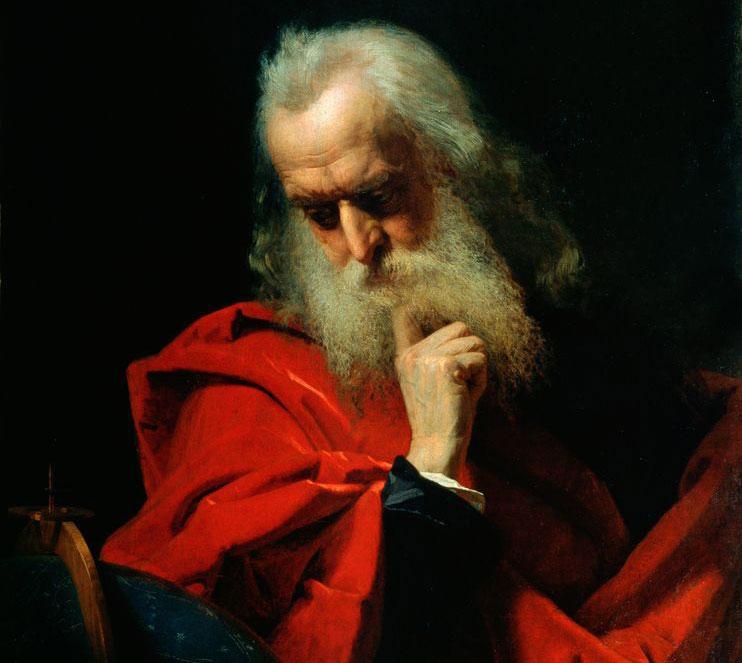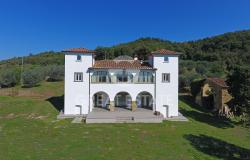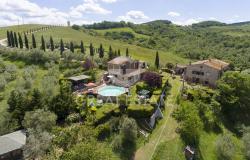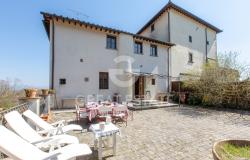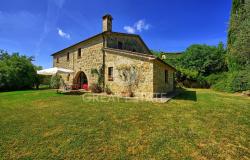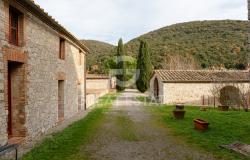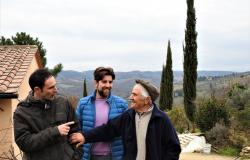Galileo (1564-1642) was an eminent physicist, mathematician, astronomer and philosopher at the time of the Scientific Revolution who was accused of heresy for stating the truth. The heliocentric view, which states that the sun stands still and the earth moves, was not accepted as truth in his time. In 1543, Renaissance astronomer Copernicus had already made this observation in his seminal work on the heliocentric theory, "De revolutionibus orbium coelestium", which stirred great controversy and was considered to conflict with the Scriptures.
Upbringing and studies
Galileo was born on the 15th of February 1564 in Pisa, to Vincenzo Galilei, a musician, and Giulia Ammannati.
His father wanted him to study for a medical degree at the University of Pisa, but Galileo persuaded his father to allow him to study mathematics and natural philosophy instead.
A swinging chandelier set him thinking about the forces of motion and balance and he wrote up a design for a hydrostatic balance which caused attention in the scholastic circles. He also developed a thermoscope, the forerunner of the thermometer.
Galileo also studied disegno, a term encompassing fine art, and in 1588 taught perspective and chiaroscuro at the Accademia Delle Arti del Disegno in Florence where he made lifelong friends with Florentine artist Cigoli.
In 1589 he took the chair of Mathematics at Pisa University and, two years later, the chair of Mathematics at the University of Padua, where he taught geometry, astronomy and mechanics until 1610.
A revolution in astronomy
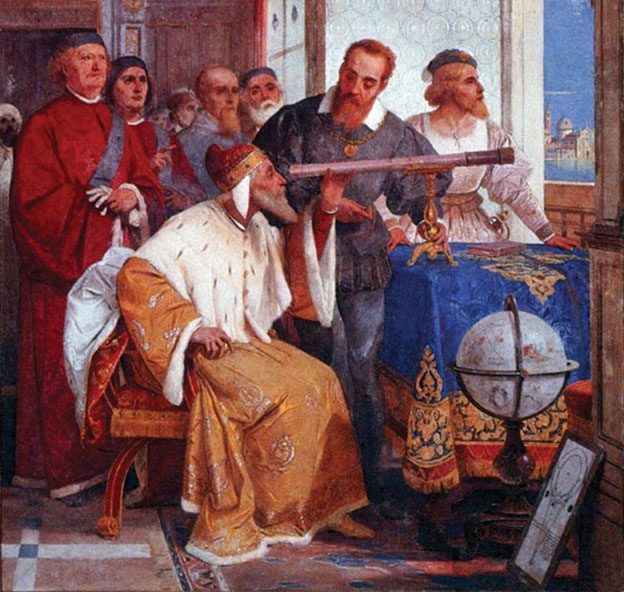 In 1608, Galileo heard about an instrument of magnification made by Hans Lippershey. He improved upon it and increased magnification to 3x and later 30x. This was his telescope to view the heavenly bodies. He observed that the moon was not smooth, noted that the Milky Way was not nebulous but a multitude of stars and observed the satellites, or moons of Jupiter, which today are known as lo, Europa, Ganymede and Callisto.
In 1608, Galileo heard about an instrument of magnification made by Hans Lippershey. He improved upon it and increased magnification to 3x and later 30x. This was his telescope to view the heavenly bodies. He observed that the moon was not smooth, noted that the Milky Way was not nebulous but a multitude of stars and observed the satellites, or moons of Jupiter, which today are known as lo, Europa, Ganymede and Callisto.
This was a revolution in astronomy. A planet with smaller planets orbiting round it did not conform to Aristotelian Cosmology which held that all heavenly bodies circle the earth. Galileo observed the phases of Venus and found the two planets Saturn and Neptune. He noted all his observations in the Sidereus Nuncius (The Starry Messenger).
In 1623 he wrote ‘Il Saggiatore’ (The Assayer), dedicated it to Pope Urban VIII, where he stated that, without mathematics to decipher order in the natural world, "one is wandering around in a dark labyrinth".
Controversial truths
 His agreement with Copernicus’ heliocentric view caused him to be suspected of heresy. In 1632 his works "Dialogo sopra i due massimi sistemi del mondo" (Dialogue concerning the Two Chief World Systems) and "Discorsi e Dimostrazioni Matematiche intomo a due Nuove Scienze" (Discourses and Mathematical Demonstrations relating to Two New Sciences) were published in Holland outside of the Church jurisdiction. That year, he was summoned to Rome to stand trial before Inquisitor Vincenzo Maculani.
His agreement with Copernicus’ heliocentric view caused him to be suspected of heresy. In 1632 his works "Dialogo sopra i due massimi sistemi del mondo" (Dialogue concerning the Two Chief World Systems) and "Discorsi e Dimostrazioni Matematiche intomo a due Nuove Scienze" (Discourses and Mathematical Demonstrations relating to Two New Sciences) were published in Holland outside of the Church jurisdiction. That year, he was summoned to Rome to stand trial before Inquisitor Vincenzo Maculani.
His 'Dialogue’ was banned and he was formally imprisoned, and later put to house arrest where he spent the last years of his life. By 1638 he was blind. He died in Arcetri near Florence in 1642.
Reprieve after death
A slow process of retraction and apology by the church began to take place after Galileo’s death. In 1718 the ban on his work was lifted. In 1741 Pope Benedict XIV authorized publication of some of his works. In 1939 Pope Pious XII called him a hero. In 1992 Pope John Paul II regretted errors committed by the church against Galileo - 350 years after his death.

Galileo's tomb inside the Basilica di Santa Croce, Florence.
Galileo’s contribution to science
The work on "Two New Sciences", which would now be referred to as Kinematics and Strength of Materials, was praised by Albert Einstein who called him "the father of modern physics"
Besides the thermometer, the improved refracting telescope and his many observations in astronomy, Galileo also designed and improved a geometric military compass, described the Principles of Inertia (1593), stated the Law of Falling Bodies and identified what we call today "sunspots".
Without doubt it can be said that Galileo's contribution to science has fundamentally changed the way we view the world today, and he undoubtedly takes his place as one of Italy’s most valuable treasures.
